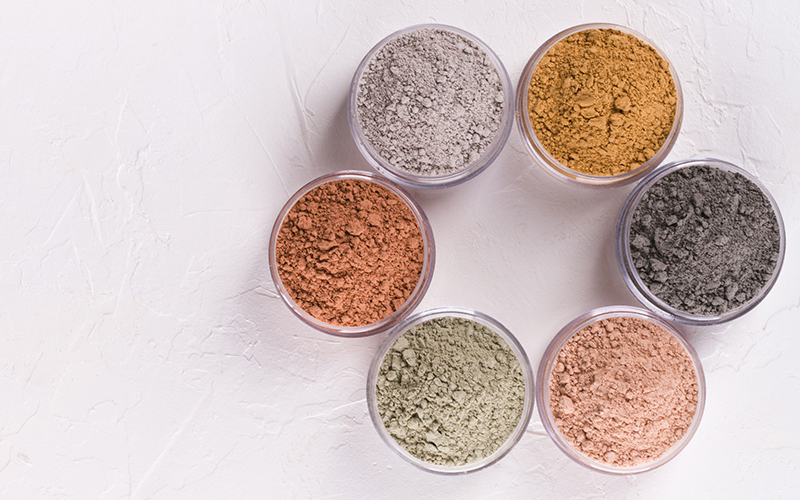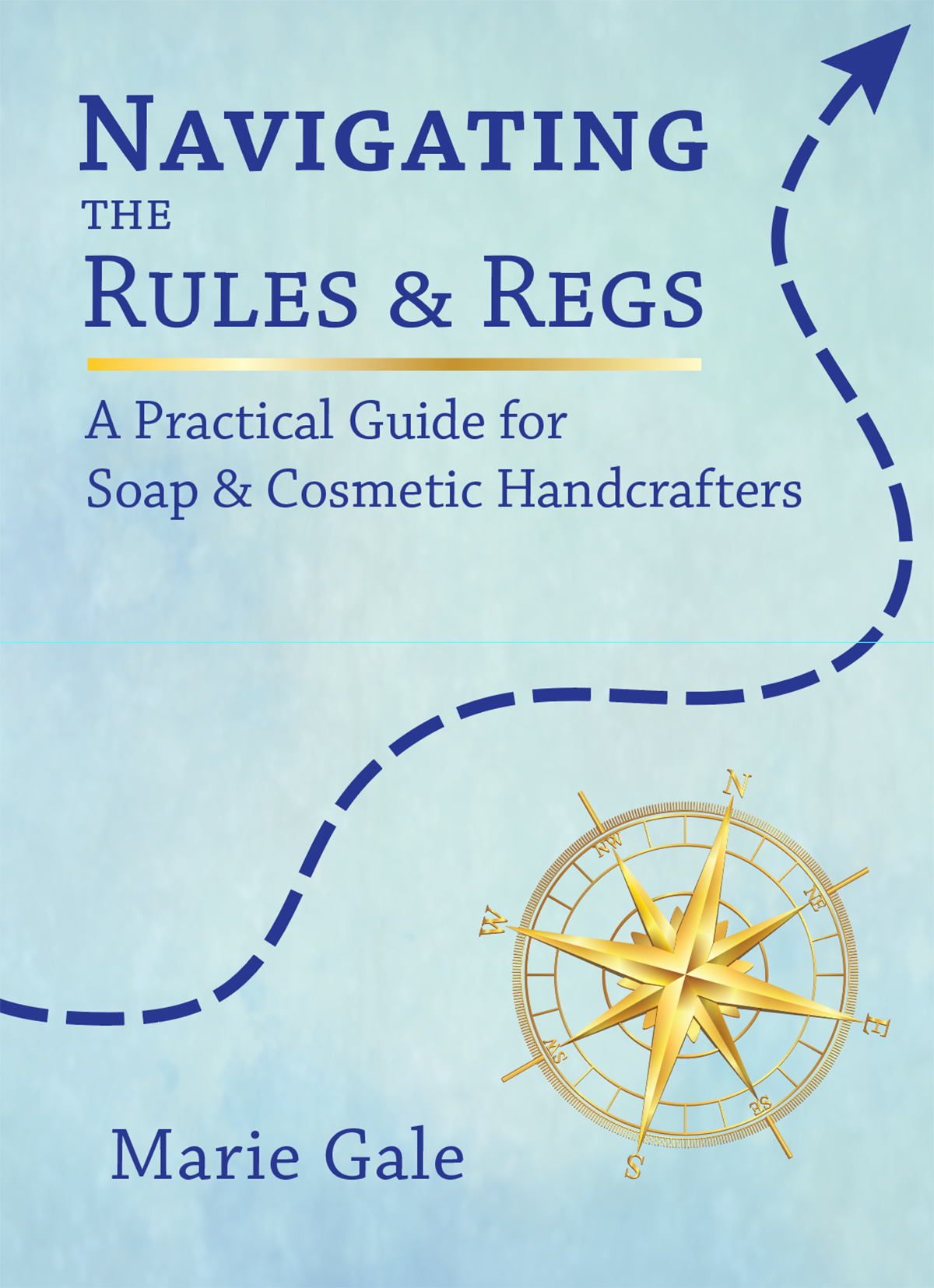As I’ve discussed in previous posts (here, here and here), color additives are a major concern for the FDA. Certain color additives are subject to certification by the FDA before they can be used. Using one of those colors that is NOT certified causes your product to become “adulterated” (and therefore illegal to sell).
So How Do You Know If Your Color Additives Are Legal?
Color additives that are subject to certification are derived primarily from petroleum products. They are sometimes referred to as “coal-tar dyes” or “synthetic-organic” colors. They include both straight colors and lakes (a straight color that has been chemically modified; lakes are generally not soluble in water).
Certified colors usually have a three-part name:
- The prefix (FD&C, D&C or External D&C);
- The color; and
- The number.
Examples: “FD&C Yellow No. 5” or “D&C Red No 27”
The color additive may be identified in the ingredient declaration for your product by just the name and number (such as “Yellow 5” or “Red 27”).
The full list of color additives that require certification and that are approved for use in cosmetics is located here.
It is against the law to market a cosmetic product that contains a color additive that is supposed to be certified—but isn’t.
The Certification Process
When a manufacturer makes a certifable color, they send a sample to the FDA where it is tested for purity, and (if it passes!) it is certified and given an official FDA Lot Certification Number. So far in the FDA 2018 fiscal year (October 1 to June 30), nearly 2 million pounds of color additives have been certified.
When the manufacturer packages the color additive for sale, the label must include the FDA Lot Certification Number and the color’s uses and restrictions.
Repackers
The actual manufacturers usually make very large lots of the color additive. Repackers are companies that buy large quantities and then repack it to sell in smaller amounts.
When the larger package is opened by the repacker it LOSES its certification and must be RE-CERTIFIED by the FDA.
As with the manufacturer, the repacker is required to inlude the FDA Lot Certification Number and the color’s uses and restrictions on the label.
Color Additive Certification Requests
The FDA publishes a list of the companies that have requested color certification in the last two years. Many are large companies, making big batches, but several names on the list provide smaller quantities to the handcrafted soap and cosmetic industry:
- Mad Oils, Inc. (Mad Micas)
- Nurture Soap
Color Blenders
Sometimes a company will purchase certified colors and then blend them to create a new color. In this case the new color doesn’t need to be certified with the FDA.
Mixtures of previously certified color additives must be labeled with the name of each ingredient in the mixture and general limitations for use. The certification lot numbers are not required, but they must have the manufacturer’s control numbers that can be used to verify the certification history of the straight colors it contains.1
How to Determine If Your Color Additive is Legal
Answering these questions about your color additive will help you determine if your certifiable color additive is legal. Remember, it is your responsibility to ensure that your product is not adulterated; using a color additive that isn’t approved or isn’t certified makes your product adulterated—and illegal. [Color additives exempt from certification are covered futher down in this post.]
For Straight Colors:
Does the label for the color additive contain the approved color name, FDA Lot Certification Number, general limitations for use and any other limitations or tolerances?
If your supplier doesn’t provide you with all the necessary information, you have no way to verify if the color additive is certified or how to use it. Be wary of a supplier that doesn’t or can’t provide you with the details you need to stay legal.
Is the name on the label on the list of companies that have requested certification in the past two years?
If the business name on the label isn’t on the list of companies who have requested certification in the past two years, check with your supplier to see if the color additive has, in fact, been certified by the repacker. If your supplier repacked it and didn’t get the repack certified, then any product you make with it will be adulterated—and illegal. (Keep in mind that your supplier may have purchased it already repackaged [and recertified] from another vendor.)
For Mixed Colors:
Does the label for the color mixture contain the name of each ingredient in the mixture, along with their control number, general limitations for use, and any other limitations or tolerances?
The ingredient declaration for your product must include all of the individual components of a blended ingredient. If your supplier doesn’t provide you with sufficient information, you can’t make a correct ingredient declaration. Do not purchase from a supplier that won’t give you the names of the components in a blended ingredient.
Note that for color additives, you don’t need to have the percentages of each component. Color additives may all be listed at the end of your ingredient declaration, regardless of the amount.
Can your supplier provide you with the FDA Lot Certification Numbers for the component ingredients?
If you have the FDA Lot Certification Numbers for the component certified color additives, you have certainty that you are using only certified colors. It’s possible that your supplier purchased the color additive already blended and may not have the information. But if your supplier blended the color and can’t (or won’t) give you the certification numbers, be wary. They might have used repackaged colors that lost their certification.
Color Additives that Are Exempt from Certification
There are 29 color additives that are sufficiently safe that they do not require certification by the FDA before they can be used. Some have restrictions on whether they can be used in the eye area, general use (including lips and other body surfaces covered in mucous membrane), or externally only. Some may be subject to limitations; for example, henna can only be used on hair on the scalp.
These are color additives that are exempt from certification that you may be familiar with:
Approved for eye area use, externally, and generally (including lipsticks):
- Annatto
- Bronze powder
- Caramel
- Carmine
- Beta-Carotene
- Copper Powder
- Iron Oxides
- Manganese violet
- Mica
- Titanium dioxide
- Zinc Oxide
Approved for eye area use and externally, but NOT generally (not for lipsticks or other areas covered by mucous membranes):
- Chromium hydroxide green
- Chromium oxide greens
- Ultramarines
There are other color additives that don’t require certification. You can see the full list here.
Is Your Exempt Color Additive Legal?
For color additives exempt from certification:
Is it on the list of color additives that are exempt from certification? (here)
Are you using it in the manner for which it has been approved?
If you answered “no” to either of the above questions, you are using an illegal color additive.
Remember!
If the FDA (or a local or state agency) focuses in on your products, it will be up to you to prove that the color additives you are using are legal. You do NOT want your product to be found to be adulterated because you used unapproved color additives, colors additives that should have been certified but weren’t, or used the color additive in the wrong way.




Leave a Reply